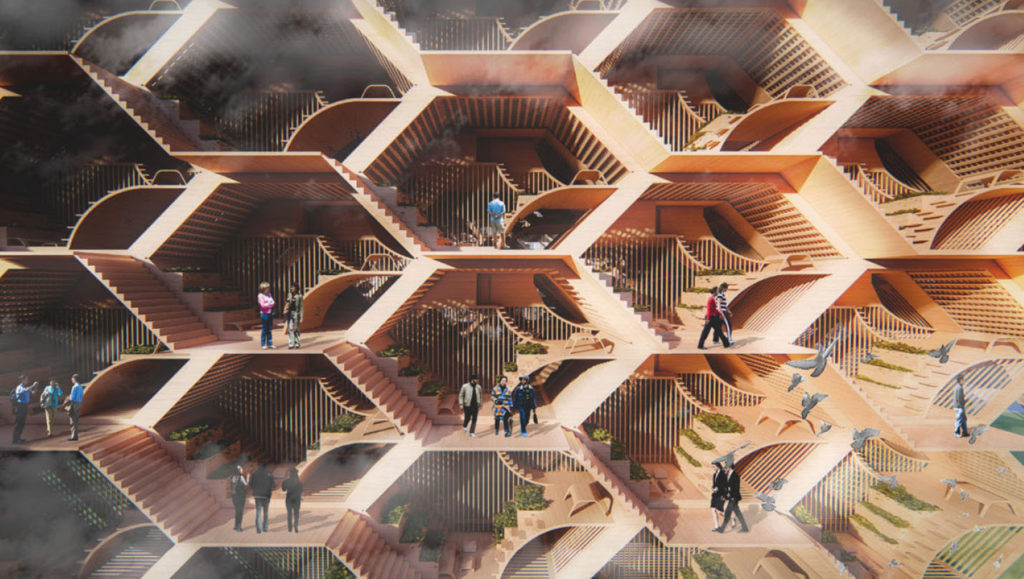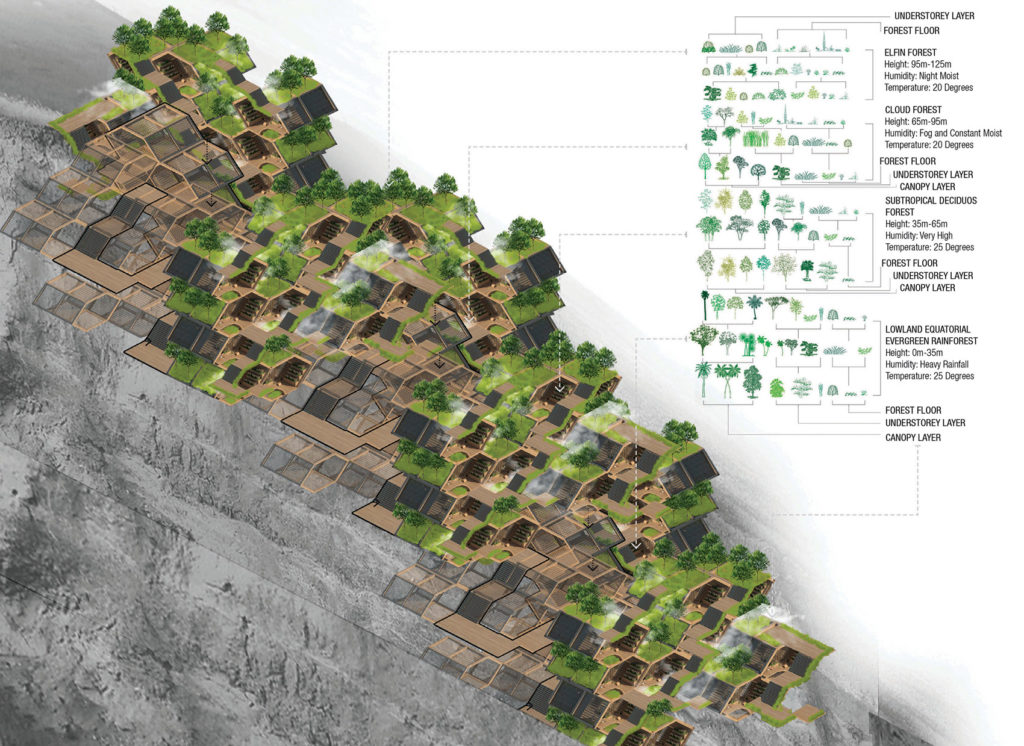A Hybrid Ecological ‘Reincarnation’ of a Landfill Community | FAP 2023 Merit
September 20, 2023
CHALLENGES
Massive landfills have been associated with rapid population growth in urban centres in many developing countries. They can rise to extraordinary heights with steep side-slopes, often surrounded by illegal low-income residential settlements or slums. As such, these landfills are often at risk of catastrophic failures that could lead to high fatality rates.
In July 2000, a slope at the Payatas dumpsite failed and more than 200 people were killed. The Metro Manila area generated an average of 5,443 metric ton (6,000 tons) of municipal solid waste (MSW) per day over the five years prior to the failure. About 1,340 metric ton (1,700 tons) per day of MSW was placed at the Payatas Landfill. The stability of landfills for MSW has been a problem for years.
The landfill was closed after the tragedy, but due to the lack of alternatives to accommodate the waste of Metro Manila, the authorities were forced to reopen it four months later as a controlled dumpsite. Workers working there have to live close by since pay was too low for transport. Their homes are often shacks made from rubbish, illegally squatting on the land at the edge of the dumpsite, with no electricity or sewage facilities (adding to the waste piling up at the site).
SOLUTION
The tragedy is a stark reminder of the reality of the urban poor still living in precarious slums. By the year 2100, 70 per cent of the world’s 13.5 billion people will be living in cities where there will be pockets of extreme poverty and moderate wealth, and many countries with rapidly growing populations.

The entrant posits to develop a ‘hybrid city’, one that is anchored in the sustainable development goals of channelling flows of energy, water, food and waste to create a prototype of modular housing. It is hoped that the pillars of this movement will create a model of shared community where people are easily connected by sharing economy, spaces, environment and network.
According to the entrant: “Reincarnation is the philosophical or religious belief that the non-physical essence of a living being starts a new life in a different physical form or body after biological death.” His “Revamp the Dump” project proposes to ‘reincarnate’ the life of settlements in a landfill setting. He recommends a housing typology, made with laminated veneer lumber (LVL), that is based on a time-based ownership customisation model. This follows a time frame of the current year, 2050 and 2100 to forecast physical and non-physical environmental issues using wood as the main building material.
[This is an excerpt. Subscribe to the digital edition or hardcopy to read the complete article.]
PROJECT DATA
Location
Payatas Dumpsite, Payatas
Country
The Philippines
City
Quezon City
Site Area
38,000 square metres
Census

FUTURARC PRIZE 2023: MERIT
Noriel Estipular is a multi-awarded designer, researcher, academic and biomimicry architect and the Principal Architect of Espasyo Architects, a research-based design studio in the Philippines. He is an Architecture Faculty Member at the Technological Institute of the Philippines-Manila, Adamson University and National University-Dasmarinas. His works promote new typologies of experiential spaces, productive environment and architectural integration for the people, city and culture. Intent on popularising revolutionary ideas from indigenous-to-indigenous designs, his work centres on the 21st century, reflecting his diverse interests in the vernacular to contemporary novel methods.
FuturArc Prize 2024: Architecture for Life After … is open for entries! Register now on FuturArc App!

⠀
Read more stories from FuturArc 3Q 2023 Green Awards: Cross-Generational Architecture!

To read the complete article, get your hardcopy at our online shop/newsstands/major bookstores; subscribe to FuturArc or download the FuturArc App to read the issues.
Previously Published Main Feature
Contact us at https://www.futurarc.com/contact-us for older commentaries.


